Scaling the EV Battery Swapping Ecosystem with Real-time Data Streaming
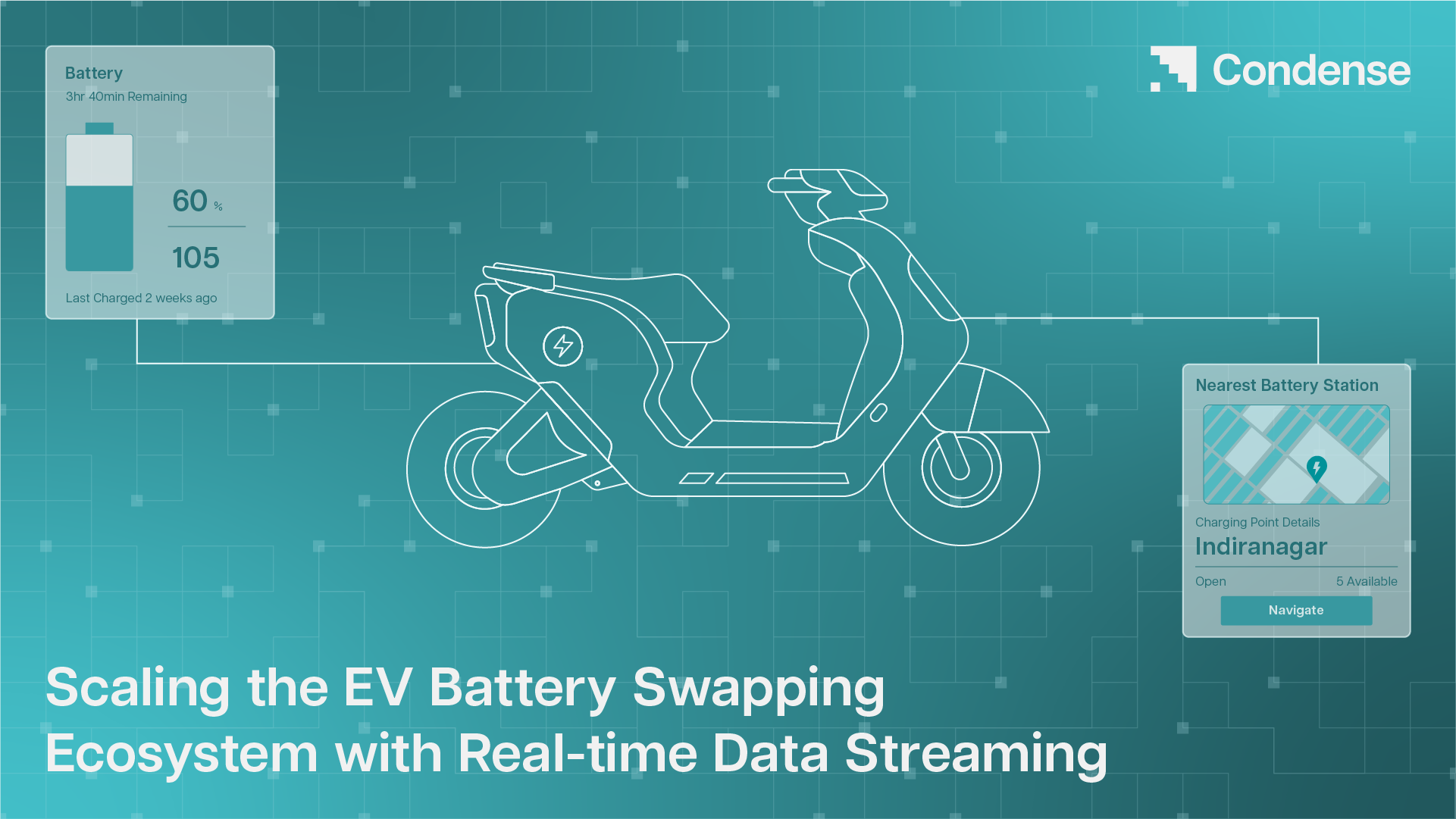
The automotive sector is gearing towards sustainable mobility way faster than we expected. One of the approaches that they are taking is to introduce electric vehicles in the market. According to a study by Statista Market Insights, there will be over 17.07 million battery-powered and plug-in hybrid electric vehicles, globally.
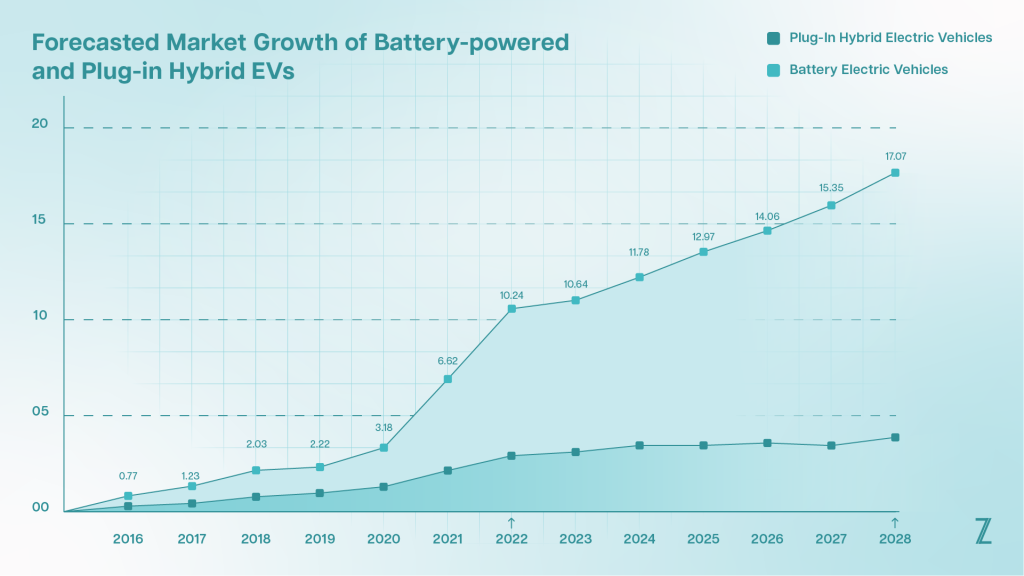
However, the availability of EV charging infrastructures and electric vehicles is still a classic chicken-and-egg problem for most OEMs, auto component manufacturers, and consumers. Adopting a software-driven approach in EVs is something that is gradually creating a difference. It has changed the way EVs are driven, operated, and functioned. But what’s powering it? The answer is real-time data streaming from various sources.
In this blog post, we’ll explore how software-driven approaches have innovated EVs, EV regulatory policies worldwide, and the upcoming hurdles. Besides that, we’ll explore how real-time data management can combat these challenges. Let’s dive in.
EV Regulatory Policies Worldwide
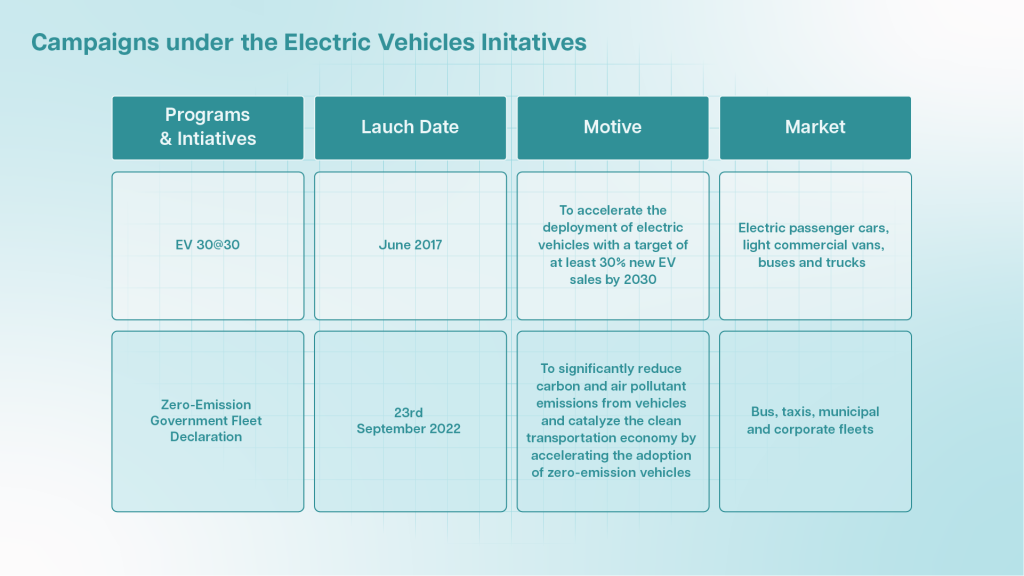
Launched under the Clean Energy Ministerial (CEM), an initiative among Energy Ministers from the major economies worldwide, the Electric Vehicles Initiative (EVI) is an essential multi-government policy forum. Its motive is to accelerate the introduction and adoption of EVs globally. Currently, sixteen countries are participating in EVI including:
- Germany
- India
- Japan
- The Netherlands
- New Zealand
- Norway, Poland
- Portugal
- Sweden
- The United Kingdom
- Canada
- Chile
- China
- Finland
- France
- The United States
How is Technology Driving the EV Market?
Initially, the EVs weren’t that successful in the mobility market. One of the reasons behind it was to deal with range anxiety. Fleet owners and OEMs were not even sure if their fleets were going to reach their destination on time without fail. What if their fleet’s battery discharges in the middle of the journey, and there isn’t any EV charging station nearby?
But after the introduction of the BaaS (Battery-as-a-service) model, things have started falling in favor of EV manufacturers or EV fleet owners. Let’s explore what a BaaS model is all about and how it revolutionizes the EV mobility ecosystem.
Introduction to Battery Swapping or Battery-as-a-Service (BaaS) Model
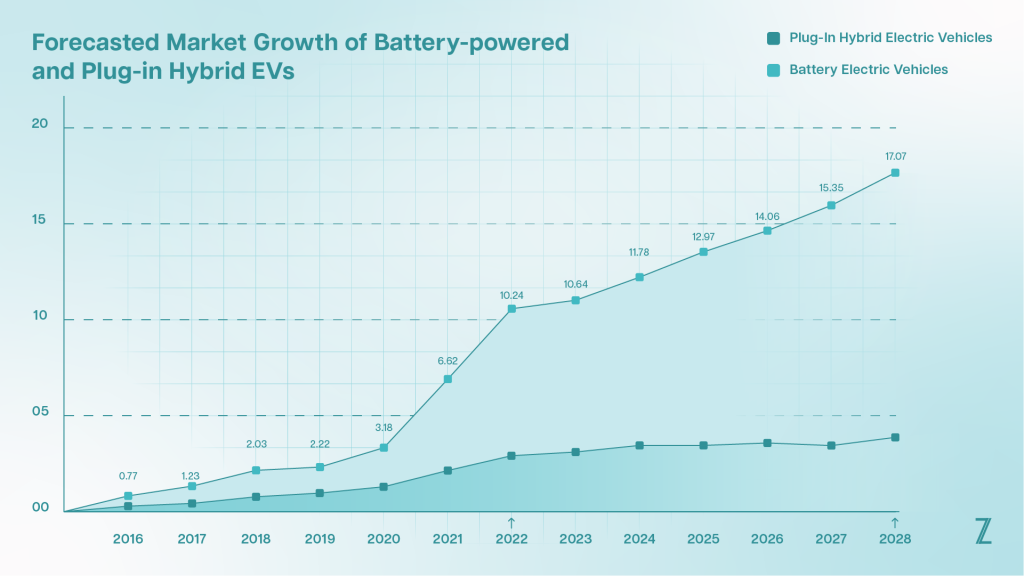
Battery-as-a-service (BaaS) or battery swapping model lets the customer lease batteries separately from the electric vehicle. As a result, it reduces the need to purchase the battery upfront along with the vehicle. So, the customers can swap the battery in the nearest swapping station by paying a specific lease amount whenever the battery discharges.
This way, fleet drivers don’t have to wait longer in the charging stations. Instead, they can simply swap their depleted battery from the charged one in a matter of minutes. Consequently, it increases the efficiency of EVs, especially in industries where time is a crucial factor. Let’s explore how real-time data is revolutionizing the existing EV battery-swapping technology.
Powering the EV Battery Swapping Technology with Real-time Data Streaming
Real-time data can play an essential role in the development and adoption of EV battery-swapping technology. EV manufacturers and fleet operators can leverage the capabilities of IoT data in their connected EVs for predictive maintenance, real-time monitoring through OBD data, and remote diagnosis of potential problems.
Furthermore, it will help them to get insight into the battery usage, location, and availability of their EVs in real-time. As a result, they can enhance the efficiency, safety, and compliance of their battery-swapping operations. Let’s deep dive and understand how:
- Tracking the State of Charge (SoC) of the battery, ensuring the drivers can access the fully charged batteries whenever required
- Handling the battery inventory system by tracking the number of batteries available at each swapping station, reducing the drivers’ waiting time, and ensuring that a sufficient number of batteries are available to meet their demand
- Identifying the closest battery swapping stations by optimizing routes in real-time, further minimizing cost and time.
- Monitoring suspicious activities like battery pilferage by tracking the battery location, further deterring thieves and recovering stolen batteries
- Predicting potential problems in batteries by analyzing the instant changes in the threshold parameters of temperature and state of charge (SoC), preventing batteries from overheating or discharging too quickly
Undeniably, real-time telematics data plays an essential role in enhancing the operational efficiency of the EV battery-swapping network. However, collecting and analyzing volumes of real-time data with utmost security and accuracy can be a challenging task, especially if it’s at scale. Let’s scroll down and explore how.
Bottlenecks of the Existing Battery Swapping Technology
There is a cornucopia of challenges when it comes to dealing with volumes of real-time data in the existing battery-swapping infrastructure, such as:
Latency issues while processing volumes of Data
When dealing with volumes of real-time data coming from a large number of sources, it’s essential to ensure its quick processing and analysis for instant decisions. However, doing it is an expensive and time-consuming process and can even lead to inconsistencies in data quality and completeness. This poor data quality can further result in data inaccuracy, adversely impacting the EV battery charging strategies.
For instance, the EV fleet managers can receive delayed insights into the State of Charge (SoC) of their fleet. It will further prevent them from making instant decisions to swap their fleets’ batteries, leading to incomplete journeys.
Data Standardization and Interoperability Challenges
Real-time data streaming from various sources that too in a standard format is a myth in the existing battery-swapping technology. Why? This lack of data standardization hinders the seamless exchange of real-time data between systems, making it difficult to integrate data from disparate sources.
For instance, a fleet operator can have a fleet of vehicles that belong to different models. Let’s consider two of them to be electric cars and electric scooters. Now, both of them can generate some common data or vehicle signals like current vehicle speed.
But what about the signals that are not common, such as seat belt status? It’s applicable for electric cars but not for electric scooters. Differentiating between these data schemas is sometimes a challenging task for fleet operators.
Security Risk Due to Unauthorized Third-party Access
Real-time data gathered from EVs, including location, state of charge (SoC), and energy consumption, raises concerns about data privacy and security. For example, location data can reveal sensitive information about the user’s daily routines, habits, and personal preferences.
Unauthorized third parties can gain access to this data for tracking EV drivers’ daily routes, creating detailed profiles, and compromising their privacy. Now, imagine a situation where a malicious third party gains access to this data to encourage criminal activities like EV battery pilferage. Isn’t it a matter of concern for the EV fleet managers?
Implementation of a strong encryption layer in the existing BaaS solutions to regularly protect and audit data is the need of the hour. It’s possible by opting for an IoT platform that gives them more control over vehicle data, preventing unconsented data sharing.
Innovating The Existing BaaS System with a Verticalized Mobility Data Platform
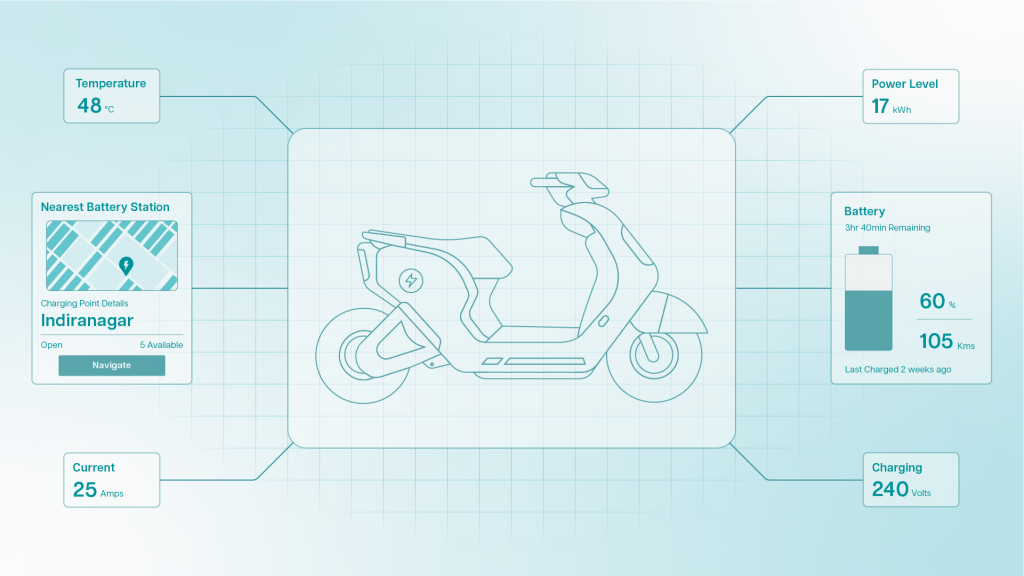
Although ingesting mobility data from various sources in EVs and then transforming it into valuable insights is complex, it’s still possible. The existing BaaS system needs a verticalized mobility data platform that seamlessly ingests volumes of real-time data streaming from various EVs while overcoming interoperability, security, and latency issues.
What else? This platform should provide a Low Code No Code (LCNC) interface to streamline and transform the ingested mobility data into valuable business insights that are essential for several use cases, including EV Battery Swapping.
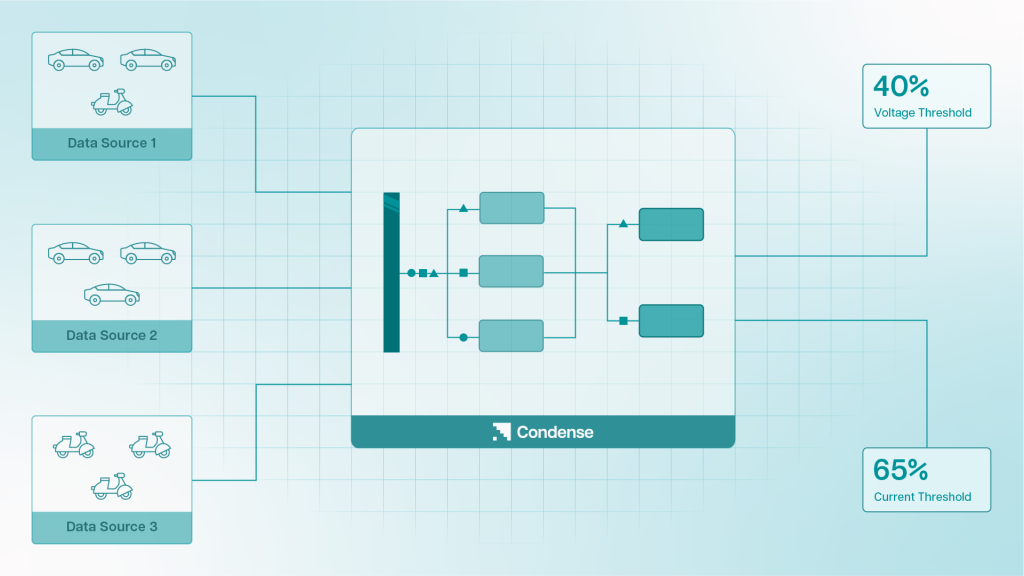
EV fleet managers and owners can leverage the capabilities of this verticalized mobility data platform to write specific rules through a rule engine for monitoring the condition of their vehicles’ components. Furthermore, it will help them to get alerts according to their scheduled maintenance for a particular batch of fleets.
For example, fleet owners can write rules on the Battery’s State of Charge (SoC) data to detect when the battery discharges by setting a specific threshold.
So, fleet managers will get an alert whenever the minimum SoC readings go beyond that threshold. It further allows fleet managers to schedule battery swapping before it completely discharges.
Wrapping it up
The modes of EV mobility we know today will continue to transform in the future. More and more companies will start adopting EV battery-swapping technology as a part of their progressive mobility strategies.
All that fleet owners need is switching to a robust, scalable platform for ingesting, streamlining, and transforming real-time data streaming from millions of edge devices integrated into EVs. Zeliot’s Condense is one such platform.
Zeliot At a Glance
Zeliot, a booming company founded in 2018, is taking charge of breaking the barriers in the connected mobility ecosystem. Our vision is to bring deep-tech software-managed applications to OEMs and Enterprises, allowing them to have more control over their data. We are making it possible with Condense and Condense Edge where the former is powering the latter.
About The Author

Sudeep Nayak is a co-founder and COO of Zeliot, a new-age deep tech company founded in 2018 with the vision of offering IoT platform-based solutions to enterprises and Automotive OEMs. Having expertise in domains like Machine Learning, Data Analytics, Connectivity Solutions, and Sales, he leads most of the techno-commercial discussions at Zeliot.




